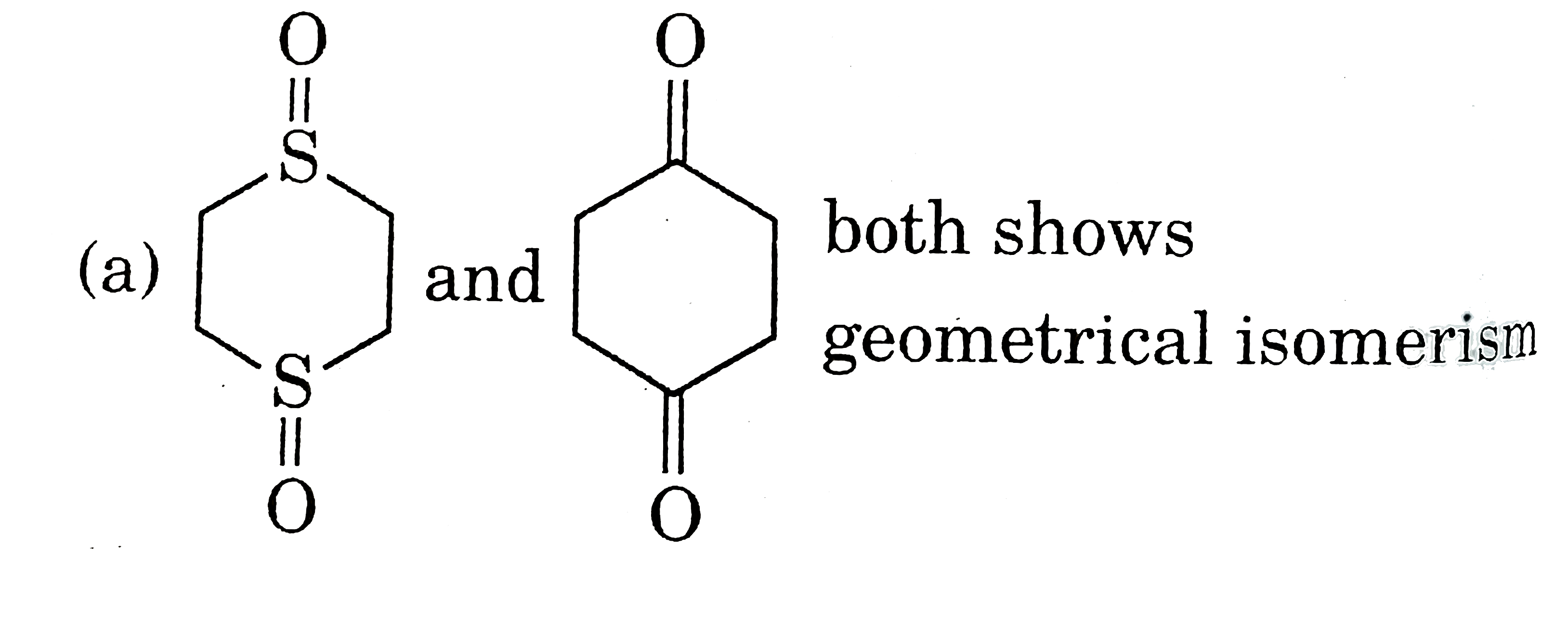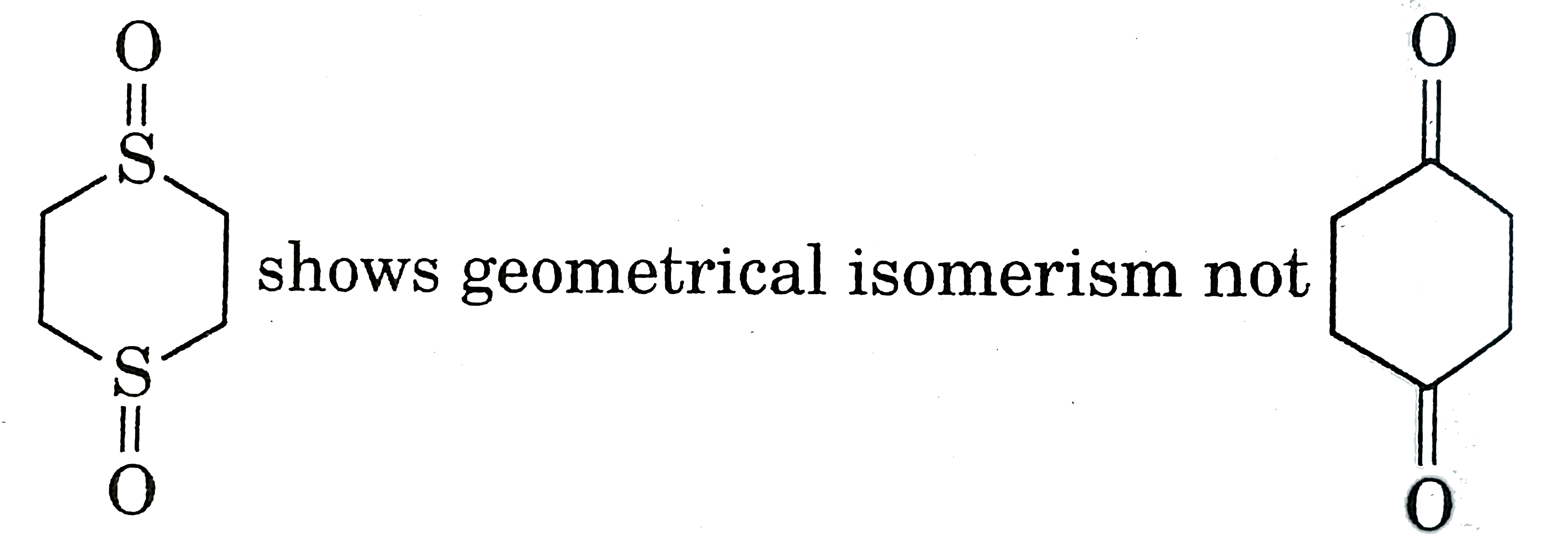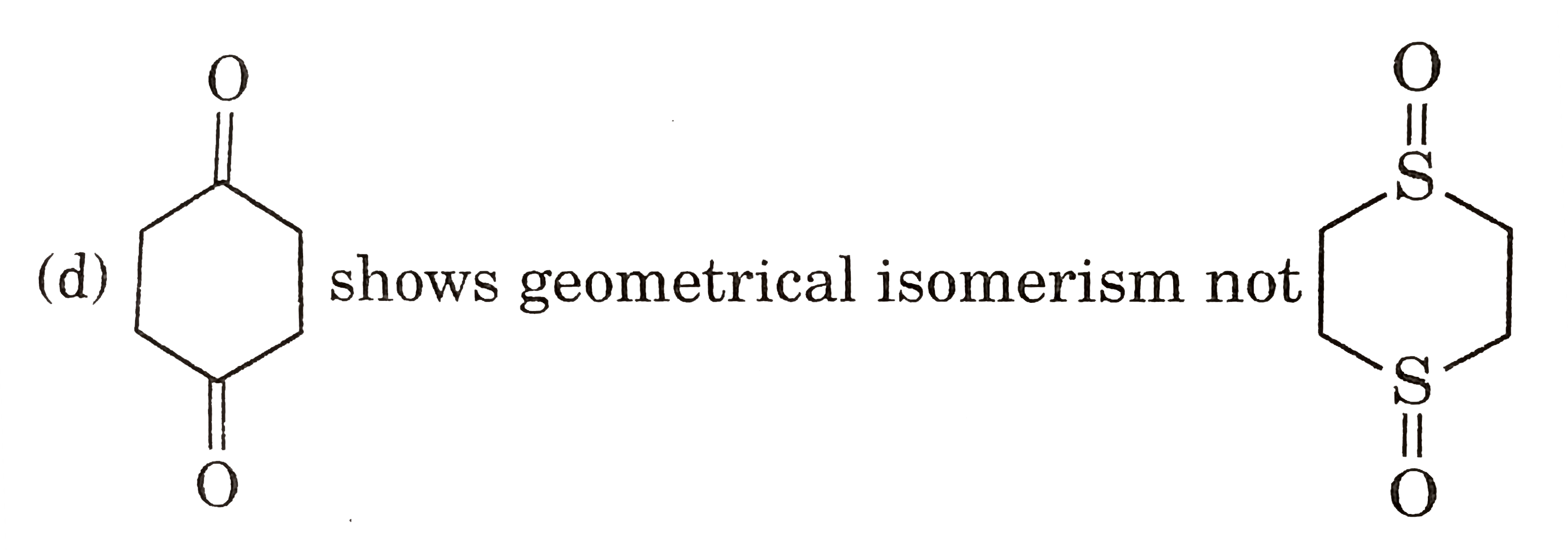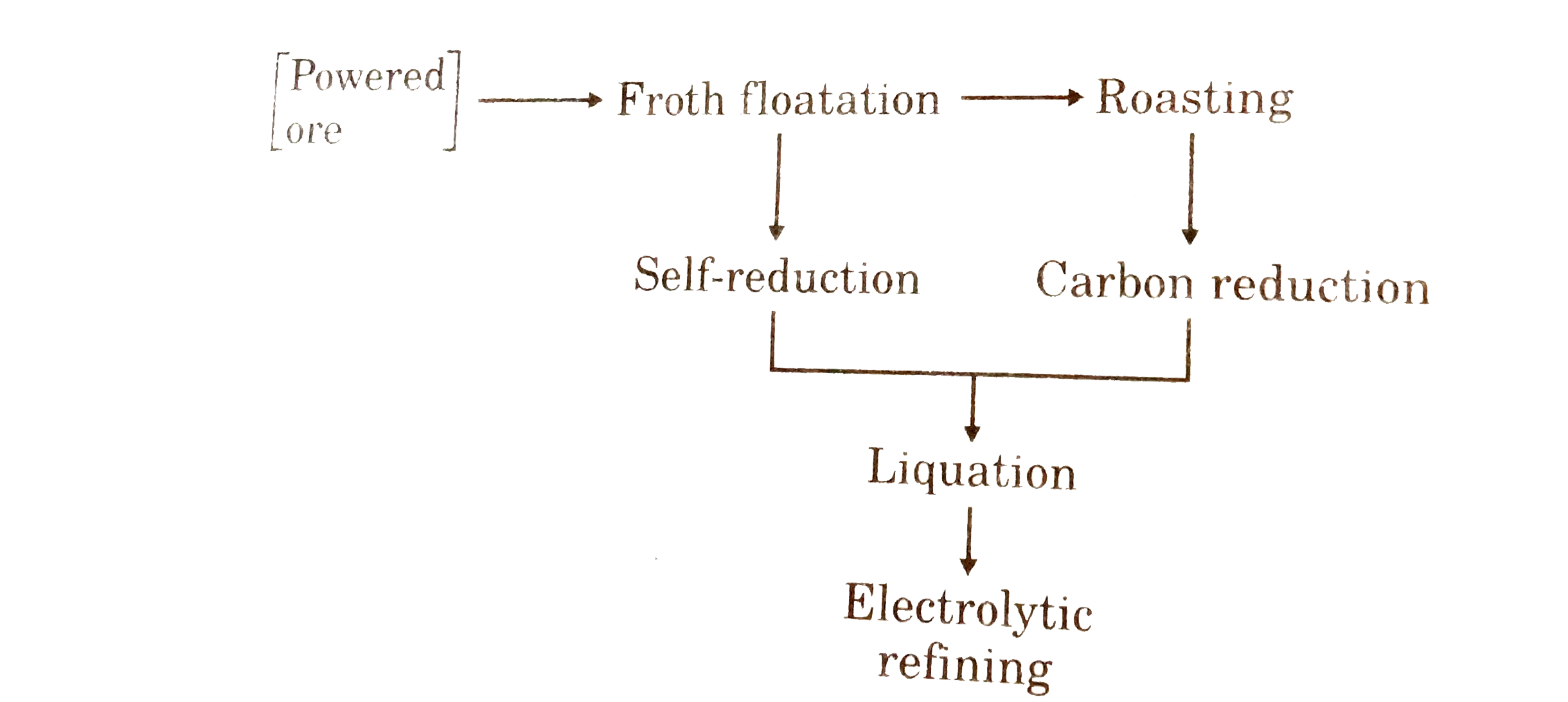Select possible correct option for a circuit with net reactance zero.
Circuit contains resistor and capacitor.
Cricuit contains inductor , capacitor and resistor .
Circuit contains resistor and inductor .
None of these
The correct Answer is:B
To solve the question regarding the conditions for a circuit to have net reactance equal to zero, we will follow these steps:
1. Understand Reactance:
- Reactance is the opposition to the change of current in an AC circuit. It can be capacitive (Xc) or inductive (Xl).
- Capacitive reactance (Xc) is given by the formula:
Xc=1ωC
- Inductive reactance (Xl) is given by the formula:
Xl=ωL
2. Condition for Zero Net Reactance:
- For the net reactance to be zero, the inductive reactance must equal the capacitive reactance:
Xl=Xc
- This implies:
ωL=1ωC
- Rearranging gives:
ω2LC=1
3. Analyzing Circuit Combinations:
- If the circuit contains only a resistor and a capacitor (R and C), the net reactance cannot be zero because there is no inductor to balance the capacitive reactance.
- If the circuit contains only a resistor and an inductor (R and L), the net reactance cannot be zero because there is no capacitor to balance the inductive reactance.
- If the circuit contains a resistor, an inductor, and a capacitor (R, L, and C), the net reactance can be zero if the values of Xl and Xc are equal.
4. Conclusion:
- The only valid configuration that allows for net reactance to be zero is a circuit that contains an inductor, a capacitor, and a resistor, where the inductive and capacitive reactances are equal.
Possible Correct Option:
- The correct option is: Circuit contains inductor, capacitor, and resistor.
- Reactance is the opposition to the change of current in an AC circuit. It can be capacitive (Xc) or inductive (Xl).
- Capacitive reactance (Xc) is given by the formula:
Xc=1ωC
- Inductive reactance (Xl) is given by the formula:
Xl=ωL
- For the net reactance to be zero, the inductive reactance must equal the capacitive reactance:
Xl=Xc
- This implies:
ωL=1ωC
- Rearranging gives:
ω2LC=1
- If the circuit contains only a resistor and a capacitor (R and C), the net reactance cannot be zero because there is no inductor to balance the capacitive reactance.
- If the circuit contains only a resistor and an inductor (R and L), the net reactance cannot be zero because there is no capacitor to balance the inductive reactance.
- If the circuit contains a resistor, an inductor, and a capacitor (R, L, and C), the net reactance can be zero if the values of Xl and Xc are equal.
- The only valid configuration that allows for net reactance to be zero is a circuit that contains an inductor, a capacitor, and a resistor, where the inductive and capacitive reactances are equal.
- The correct option is: Circuit contains inductor, capacitor, and resistor.
Topper's Solved these Questions
- ALTERNATING CURRENT BOOK - MODERN PUBLICATIONCHAPTER - ALTERNATING CURRENT EXERCISE - COMPETITION FILE (OBJECTIVE TYPE QUESTIONS) B. MULTIPLE CHOICE QUESTIONS
15 Videos
- ALTERNATING CURRENT BOOK - MODERN PUBLICATIONCHAPTER - ALTERNATING CURRENT EXERCISE - COMPETITION FILE JEE (MAIN) & OTHER STATE BOARDS FOR
26 Videos
- ALTERNATING CURRENT BOOK - MODERN PUBLICATIONCHAPTER - ALTERNATING CURRENT EXERCISE - Revision Exercises (Nuumerical problems )
18 Videos
- ATOMS BOOK - MODERN PUBLICATIONCHAPTER - ATOMS EXERCISE - Chapter Practice Test
16 Videos
Similar Questions
Knowledge Check
Select the correct option for FDI.
AForeign detention investigationBFree direct investmentCForeign direct investmentDFeeder domestic investmentSelect the correct option for BKU.
AActivities conducted by the BKU to pressurise the state for accepting its demands included rallies, demonstrations, sit-ins, and jail bharo agitations.BThese protests involved very few from various villages in western Uttar Pradesh and adjoining regions.CThroughout the decade of nineties, the BKU organised massive rallies of these farmers in many district headquarters of the state and also at the national capital.DAnother novel aspect of these mobilisations was the use of economic linkages of farmers.Select correct option :
A B
B C
C D
D


